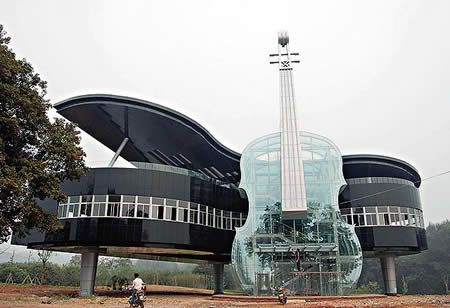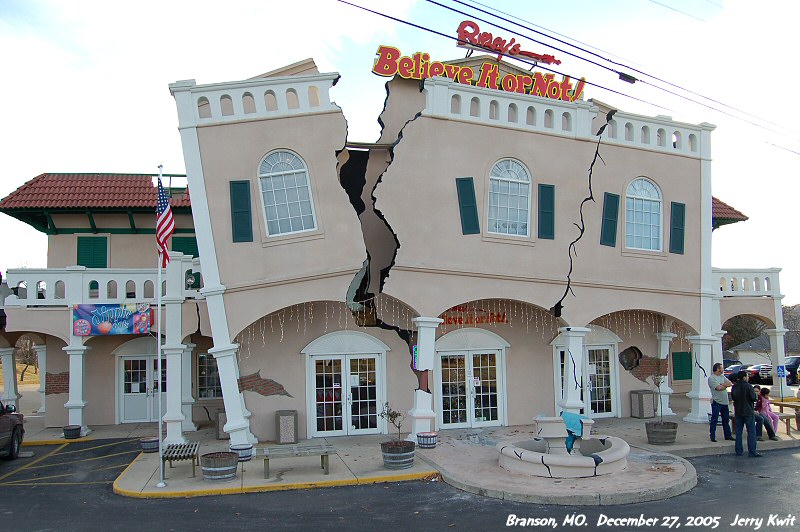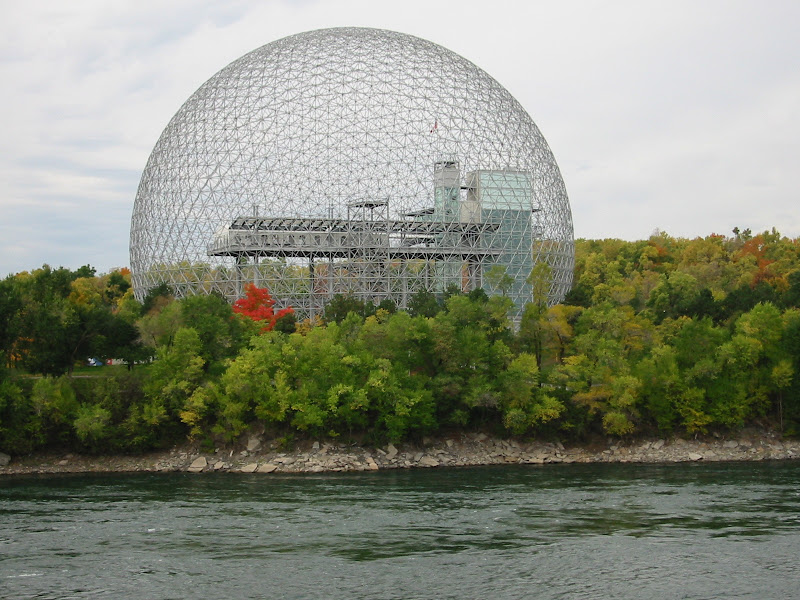 Octagon House
Octagon HouseOctagon houses refer to a unique house style, which was popular during the 19th century in United States. They are featured by an octagonal plan shape, and often are visible with a veranda part or all the way around. Their unusual shape as well as appearance, quite distinct from the ornate pitched roof houses common for the period, can usually be traced to the influence of a man, amateur architect as well as lifestyle pundit Orson Squire Fowler.
Popular examples of this type of architecture include popular Forest, Thomas Jefferson's private retreat and the plantation house near Lynchburg, Virginia. William Thornton's Tayloe House or The Octagon House is another major example. After the White House had been burned by the British in 1812, President James Madison was in the Octagon House, and the Treaty of Ghent was signed here. It is currently the headquarters of the American Institute of Architects.
The houses are buildings of large brick in the classical tradition. They might be seen as a precursor, however, are somewhat distinct from the Victorian octagon houses which have essentially domestic structures.
A major supporter of octagonal houses was Orson Squire Fowler. Fowler was America's well known lecturer, as well as writer on phrenology, the pseudoscience of definition of an individual's characteristics by the contours on the head. In between the 19th century, Fowler had his mark on American architecture as he touted the advantages of octagonal homes above rectangular and square home structures in his book, The Octagon House: A Home for All, or A New, Cheap, Convenient, and Superior Mode of Building. It was, printed in the year 1848.
Due to its popular as well as influential publication, a number of octagonal houses were constructed in the United States, especially in the Midwest, the East Coast, as well as in nearby parts of Canada.
As compared with a square structure, an octagon offers approximately 20% extra space with the same perimeter. According to Fowler, an octagon house is cheaper to build, allows for additional living space, receives more natural light, is easier to heat, as well as remains cooler in the summer. These benefits have been derived from the geometry of octagon; the shape encloses the space effectively, minimizing the external surface area along with consequent building costs, heat loss / heat gain, etc. A circle is believed to be the most efficient shape, however, is difficult to build as well as awkward to furnish. Therefore an octagon refers to a sensible approximation. As it is, Victorian builders used to build 45 degree corners, as in case of the typical bay window, as could easily adapt to the octagonal plan.


























No comments:
Post a Comment